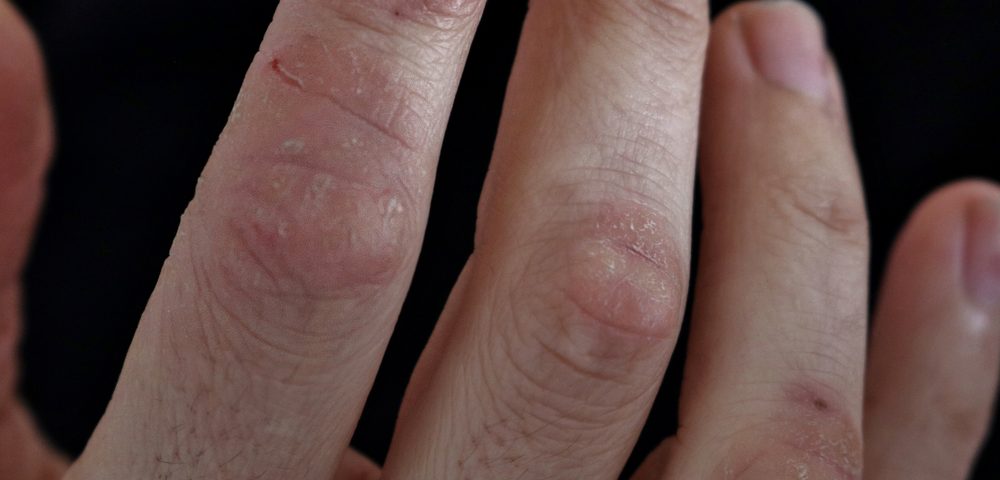Researchers at Karolinska Institute in Sweden showed how the immune response of the skin is thrown out of balance in inflammatory skin diseases such as psoriasis and vitiligo. A better understanding of these immunological events could help scientists develop new and better targeted therapies to treat these conditions.
The findings were recently published in the scientific journal Immunity in a report titled “CD49a Expression Defines Tissue-Resident CD8+ T Cells Poised for Cytotoxic Function in Human Skin.”
Two collaborating research teams led by Dr. Yenan Bryceson and Dr. Liv Eidsmo, both senior researchers at Karolinska’s Department of Medicine, used 1,500 skin biopsies and several hundred kilograms of healthy skin to observe how subgroups of memory immune cells, called T-cells, behave in healthy and inflamed skin.
Using a combination of genetic analysis and functional experiments, the researchers identified two subgroups of memory T-cells called the CD49a- cells and the CD49+ cells, depending on whether they express the CD49a receptor on their surface.
They showed that in psoriasis, the CD49a- cells accumulate in the skin and cause inflammation by triggering the production of a protein called IL-17. But in vitiligo, it is the CD49a+ cells that accumulate. They then recognize and attack the pigment cells in certain areas of the skin, leading to patchy areas of white skin on the body.
“If we can decipher the local immunological changes that give rise to the accumulation of one of the subgroups involved in these patchy skin disorders, we’ll be on the way to more targeted treatments,” Eidsmo said in a news release.
In healthy skin, T-cells remain dormant, but in microbial infections, skin cells start secreting a protein called IL-15, which stimulates the CD49a- and CD49a+ T-cells, which then respond quickly with inflammatory and toxic effects.
In psoriasis and vitiligo these two sub-types of T-cells retain their function of protecting the skin from external attacks, but are thrown off balance. According to the authors of the study, additional research is needed to describe factors that lead to the activation of one or the other sub-type of T-cells.

